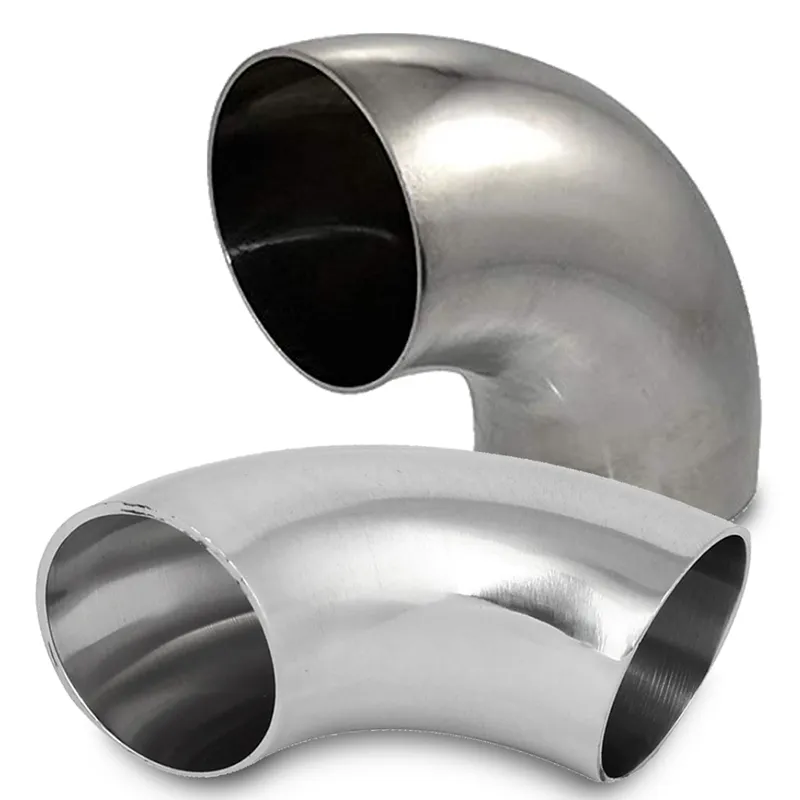-
Cangzhou Yulong Steel Co., Ltd.
-
Phone:
+86 13303177267 -
Email:
admin@ylsteelfittings.com
- English
- Arabic
- Italian
- Spanish
- Portuguese
- German
- kazakh
- Persian
- Greek
- French
- Russian
- Polish
- Thai
- Indonesian
- Vietnamese
- Zulu
- Korean
- Uzbek
- Hindi
- Serbian
- Malay
- Ukrainian
- Gujarati
- Haitian Creole
- hausa
- hawaiian
- Hebrew
- Miao
- Hungarian
- Icelandic
- igbo
- irish
- Japanese
- Javanese
- Kannada
- Khmer
- Rwandese
- Afrikaans
- Albanian
- Amharic
- Armenian
- Azerbaijani
- Basque
- Belarusian
- Bengali
- Bosnian
- Bulgarian
- Catalan
- Cebuano
- China
- China (Taiwan)
- Corsican
- Croatian
- Czech
- Danish
- Esperanto
- Estonian
- Finnish
- Frisian
- Galician
- Georgian
- Kurdish
- Kyrgyz
- Lao
- Latin
- Latvian
- Lithuanian
- Luxembourgish
- Macedonian
- Malgashi
- Malayalam
- Maltese
- Maori
- Marathi
- Mongolian
- Myanmar
- Nepali
- Norwegian
- Norwegian
- Occitan
- Pashto
- Dutch
- Punjabi
- Romanian
- Samoan
- Scottish Gaelic
- Sesotho
- Shona
- Sindhi
- Sinhala
- Slovak
- Slovenian
- Somali
- Sundanese
- Swahili
- Swedish
- Tagalog
- Tajik
- Tamil
- Tatar
- Telugu
- Turkish
- Turkmen
- Urdu
- Uighur
- Welsh
- Bantu
- Yiddish
- Yoruba

Nov . 23, 2024 16:28 Back to list
ansi 150 ff
Understanding ANSI 150 FF A Comprehensive Overview
The American National Standards Institute (ANSI) plays a significant role in establishing uniformity and safety standards across various industries. Among these standards, ANSI 150 FF (Flanged Fittings and Valves with a 150-pound rating and Flat Face) is vital for ensuring reliable and safe operation in piping systems. This article delves into the nuances of ANSI 150 FF, exploring its significance, applications, and best practices in implementation.
What is ANSI 150 FF?
ANSI 150 FF refers to a specific standard that defines the dimensions, tolerances, and pressure-temperature ratings for flanged fittings and valves that possess a flat face (FF) design and a pressure rating of 150 pounds (150 psi). The 150 represents the pressure rating, while FF indicates the flat face type of the flange, which is distinguished by a flat surface on both the flange and the opposing component. This profile aids in providing a good seal and minimizes leakage.
Importance of ANSI 150 FF
The ANSI 150 FF standard holds paramount importance in industries such as oil and gas, petrochemical, water treatment, and manufacturing, where fluid transport is prevalent. The use of ANSI 150 FF components ensures compatibility across various systems, reducing the risks associated with flange misalignment, leakage, and failure. By adhering to standardized practices, engineers and maintenance personnel can confidently select and install components that are reliable and safe.
Applications of ANSI 150 FF
1. Piping Systems ANSI 150 FF flanged fittings and valves are primarily used in piping systems to connect different segments. The flat face design allows for ease of installation and removal, making maintenance simpler.
2. Process Industries In industries dealing with gases and liquids under pressure, such as chemical processing facilities, ANSI 150 FF components are essential for maintaining system integrity and safety.
3. Wastewater Treatment Similarly, these standards are widely used in wastewater treatment plants where various types of fluids must be managed efficiently.
4. Heating and Cooling Systems ANSI 150 FF fittings are also employed in HVAC systems to ensure proper fluid flow and temperature control.
ansi 150 ff

Installation Best Practices
To ensure the reliable performance of ANSI 150 FF components, several best practices should be followed during installation
1. Surface Preparation Before installation, ensure that the mating surfaces of the flanges are clean, free of debris, and intact. Any surface imperfections can compromise the integrity of the seal.
2. Gasket Selection Choose the appropriate gasket material that can withstand the operating pressures and temperatures of the system. This choice is crucial in preventing leaks.
3. Torque Specifications Follow the manufacturer's torque specifications when tightening the flange bolts. Over-tightening can warp the flange, while under-tightening can lead to inadequate sealing.
4. Alignment Ensure proper alignment of the flanges to avoid undue stress on the fittings and valves, which could lead to premature failure.
Challenges and Solutions
While ANSI 150 FF systems provide numerous advantages, challenges may still arise. One common issue is the potential for flange leakage, which can result from incorrect installation or wear over time. Regular inspection and maintenance are necessary to identify and address such problems early, ensuring the continued integrity of the piping system.
Moreover, the selection of compatible materials is crucial. Corrosive environments may necessitate the use of special alloys or coatings to prolong the life of the fittings and prevent material degradation.
Conclusion
ANSI 150 FF standards play a pivotal role in the design and operation of fluid transport systems across various industries. By understanding and adhering to these standards, engineers and maintenance professionals can ensure the safety, reliability, and efficiency of their systems. Effective installation, regular maintenance, and awareness of material compatibility are essential aspects that contribute to the overall success of using ANSI 150 FF components. As industries continue to evolve, the importance of these standards remains evident, underscoring the need for ongoing education and adherence to best practices.
Latest news
-
ANSI 150P SS304 SO FLANGE
NewsFeb.14,2025
-
ASTM A333GR6 STEEL PIPE
NewsJan.20,2025
-
ANSI B16.5 WELDING NECK FLANGE
NewsJan.15,2026
-
ANSI B16.5 SLIP-ON FLANGE
NewsApr.19,2024
-
SABS 1123 FLANGE
NewsJan.15,2025
-
DIN86044 PLATE FLANGE
NewsApr.19,2024
-
DIN2527 BLIND FLANGE
NewsApr.12,2024
-
JIS B2311 Butt-Welding Fittings LR/SR 45°/90° /180°Seamless/Weld
NewsApr.23,2024











